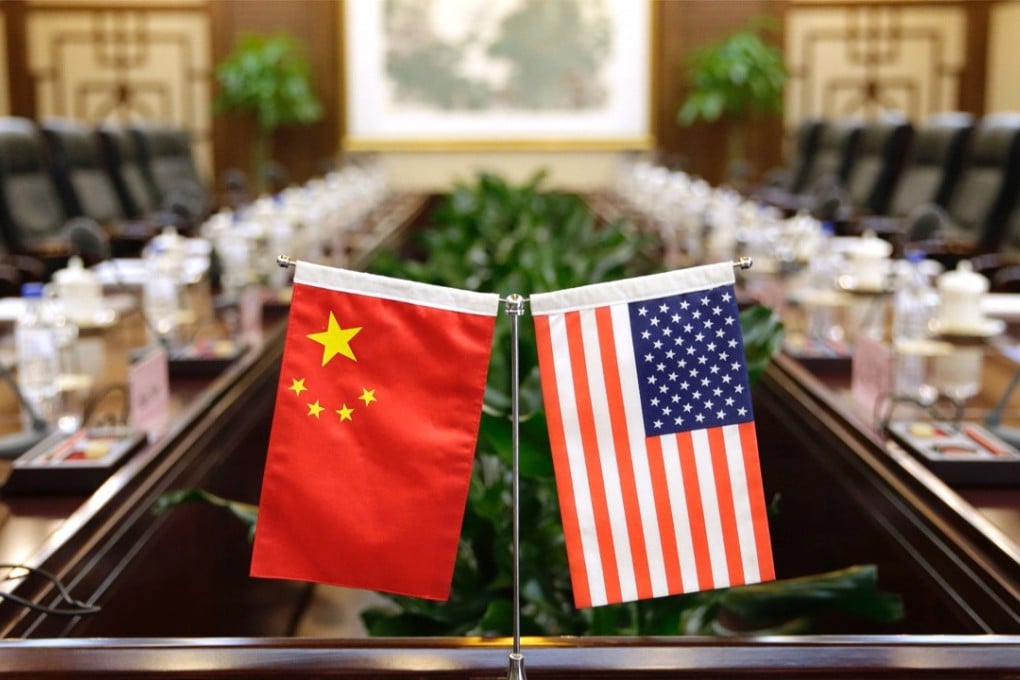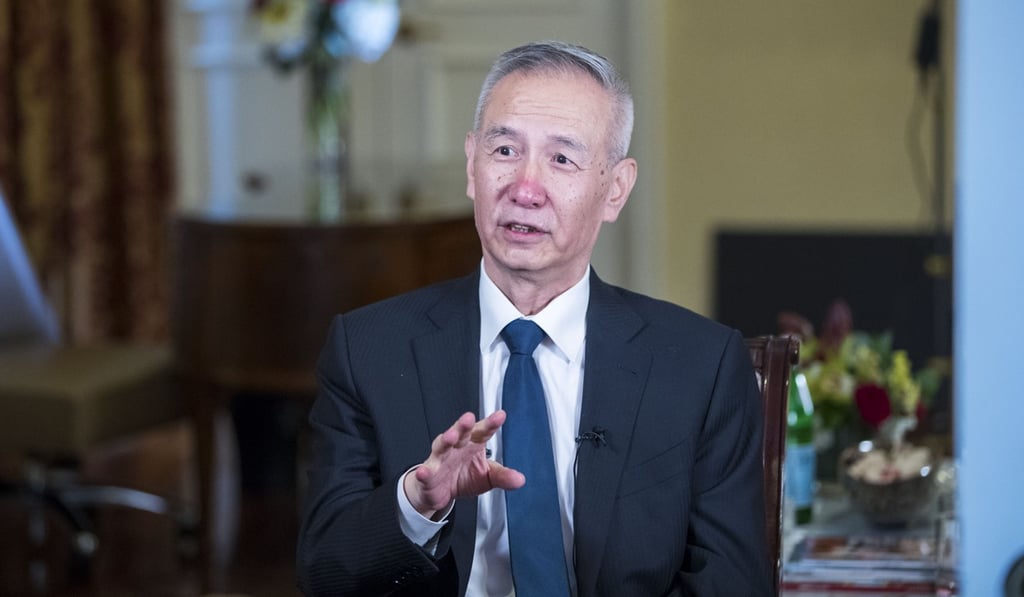Domestic politics at heart of China-US trade talks
Progress is being made but the difficulties of reconciling Xi’s development goals with Trump’s “America first” policy should not be underestimated

A report that China had offered to slash its trade imbalance with the United States by US$200 billion a year lacked essential detail, such as an agreed time frame. Beijing quickly issued a reality check by dismissing it as rumour.
But it salvaged the upbeat tone by maintaining that the second round of trade talks with Washington was constructive.
US has ‘put trade war on hold’ following China discussions says Mnuchin
This seemed to be borne out later by a joint statement issued by the White House that the two sides had reached consensus on effective measures to substantially reduce the US deficit in goods trade with China.
This included “meaningful increases” in China’s import of energy and agricultural products from the US, which addresses a key demand by US President Donald Trump since he triggered tit-for-tat punitive tariffs that threaten to unleash a trade war.

That said, it does not dispel the threat. Fundamental problems in the relationship remain unresolved. But at least, rather than escalating tension, the outcome of the second round of talks appears to have narrowed differences and smoothed the way ahead in future talks.
It fits a pattern of positive signals. For example, Trump met chief Chinese negotiator, Vice-Premier Liu He, a gesture not accorded by President Xi Jinping to American delegates to the first round of talks in Beijing.